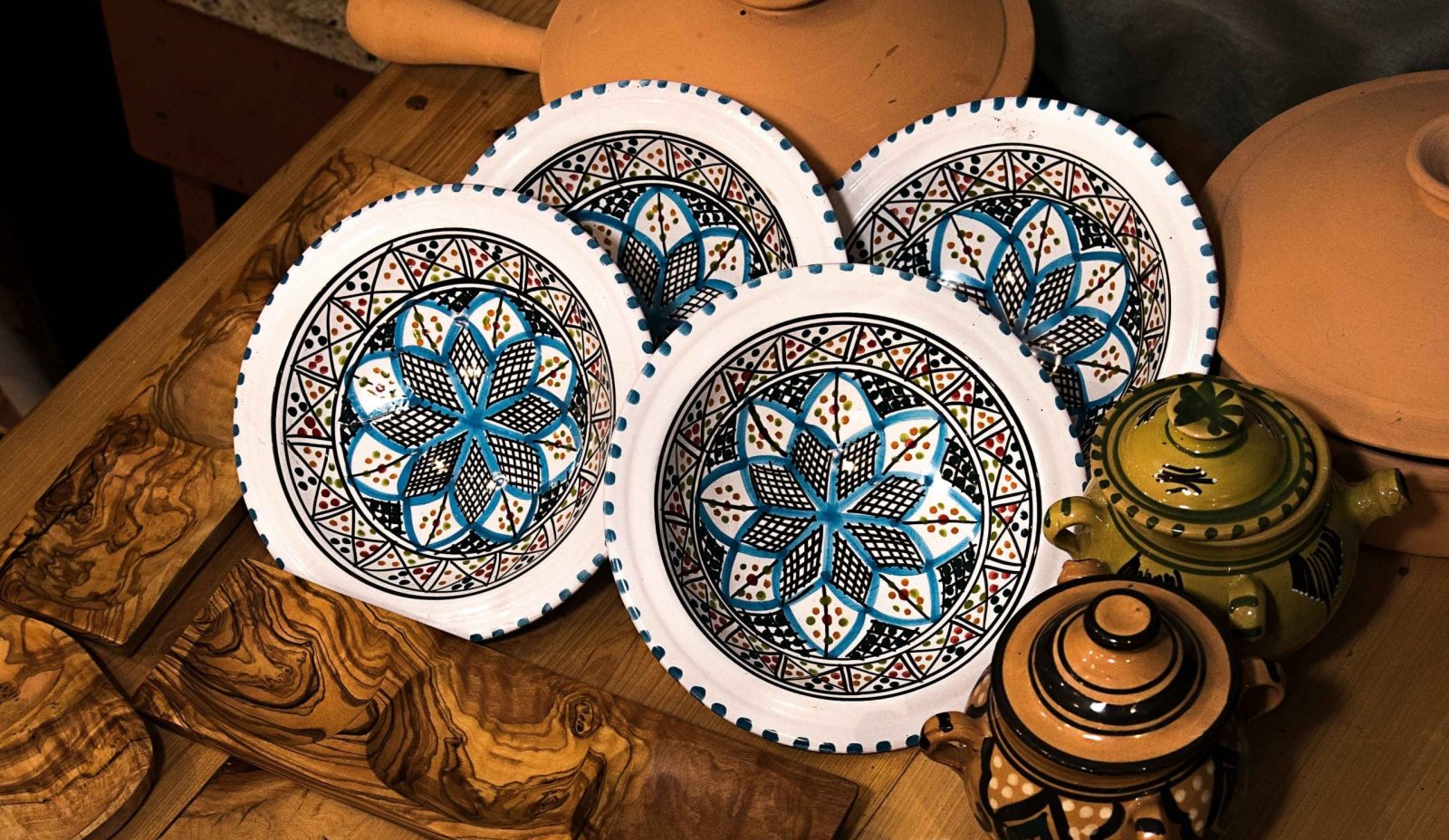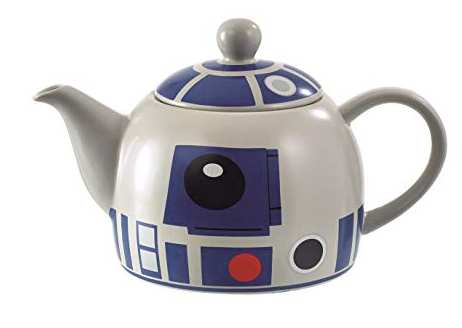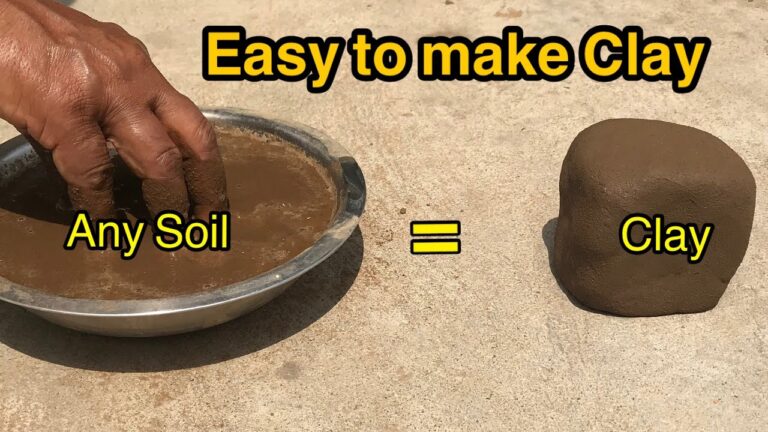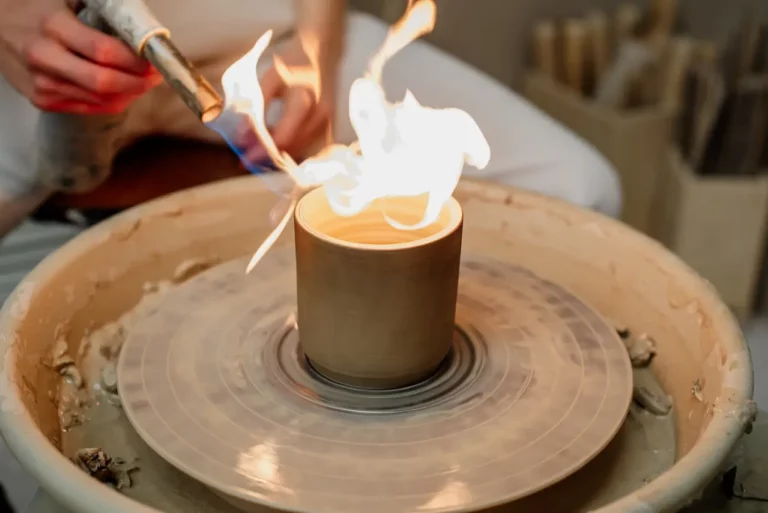What Do The Numbers Mean On Frankoma Pottery
Frankoma Pottery is renowned for its distinctive designs and craftsmanship. For collectors and enthusiasts, deciphering the meaning behind the numbers on Frankoma Pottery pieces is a key aspect of understanding their value and significance. In this article, we will explore the fascinating world of Frankoma Pottery’s numbering system and shed light on what those numbers really mean.
I. Introduction
Since its inception in 1933, Frankoma Pottery has captured the hearts of pottery enthusiasts with its rich history and unique designs. To truly appreciate and evaluate these beautiful pieces, it is crucial to grasp the meaning behind the numbers that often accompany them.
II. Frankoma Pottery Numbering System
Frankoma Pottery utilizes a numbering system that holds valuable information about each piece. These numbers serve as a code, enabling collectors to identify specific patterns, shapes, and glazes. By understanding this system, collectors can differentiate between different variations and identify rare or sought-after pieces.
III. Understanding the Mold Numbers
One of the primary sets of numbers found on Frankoma Pottery is the mold numbers. These numbers refer to the specific design or shape of a piece. Each unique mold number represents a distinct pattern or form created by the pottery.
For instance, a particular mold number might signify a particular vase shape, while another mold number may represent a specific plate design. By recognizing these mold numbers, collectors can identify and categorize different styles within the Frankoma Pottery range.
IV. Deciphering the Glaze Numbers
In addition to the mold numbers, Frankoma Pottery also incorporates glaze numbers. Glazes are the finishes applied to the pottery, creating a distinct look and feel. The glaze numbers correspond to different glaze variations used by Frankoma Pottery.
Each glaze number represents a particular color or finish, such as matte, gloss, or satin. By referring to these glaze numbers, collectors can determine the specific glaze applied to a particular piece, further enhancing their understanding and appreciation.
V. Collectibility and Rarity
The numbering system employed by Frankoma Pottery significantly impacts the collectibility and rarity of the pieces. Rare mold numbers or glaze numbers are highly sought after by collectors due to their scarcity.
A piece with an unusual or limited mold number can be a valuable addition to a collection. Similarly, specific glaze numbers that were produced in smaller quantities or during specific periods can also increase a piece’s desirability and value.
VI. Tips for Collectors
For avid collectors and enthusiasts, here are a few tips to make the most of Frankoma Pottery’s numbering system:
- Research: Familiarize yourself with the different mold and glaze numbers used by Frankoma Pottery. Study reference materials, online resources, and collector’s guides to deepen your knowledge.
- Special Editions: Keep an eye out for special editions or limited-run pieces with unique mold or glaze numbers. These often hold higher value and can be a prized addition to your collection.
- Condition: Consider the condition of the piece alongside its numbering. Mint-condition Frankoma Pottery with rare numbers holds greater value and appeal to collectors.
- Networking: Engage with fellow collectors, join forums, or attend pottery exhibitions to share insights and exchange information. Networking can provide valuable knowledge and potentially lead to discovering rare pieces.
- Authentication: Consult experts or experienced collectors to authenticate and verify the legitimacy of your Frankoma Pottery. Counterfeit pieces can be misleading and compromise the integrity of your collection.
By utilizing these tips and delving into the intricacies of Frankoma Pottery’s numbering system, collectors can enhance their understanding and enjoyment of this remarkable pottery.
FAQs
Q: Are the mold numbers unique to each Frankoma Pottery piece?
A: Yes, each mold number represents a specific design or shape and is unique to each piece.
Q: Can the glaze numbers be used to determine the age of a Frankoma Pottery piece?
A: Glaze numbers alone do not indicate the age of a piece, but they can provide insights into the specific glaze finishes used by Frankoma Pottery.
Q: Are all mold numbers and glaze numbers equally valuable in terms of collectibility?
A: Some mold numbers and glaze numbers are rarer than others, making them more sought after by collectors. Rarity and desirability vary depending on the specific numbers.
Q: Where can I find resources for identifying mold numbers and glaze numbers on Frankoma Pottery?
A: Several collector’s guides, online resources, and pottery forums offer information and insights into Frankoma Pottery’s numbering system.
Q: How can I ensure the authenticity of a Frankoma Pottery piece?
A: Consulting experts, experienced collectors, or reputable dealers can help authenticate and verify the legitimacy of Frankoma Pottery pieces.
VII. Conclusion
The numbers on Frankoma Pottery pieces hold immense significance for collectors and enthusiasts. Understanding the mold numbers and glaze numbers empowers collectors to identify unique designs, appreciate the rarity of certain pieces, and evaluate their overall value. Embrace the challenge of deciphering the numbers, and embark on a journey of exploration and appreciation for the remarkable world of Frankoma Pottery.






